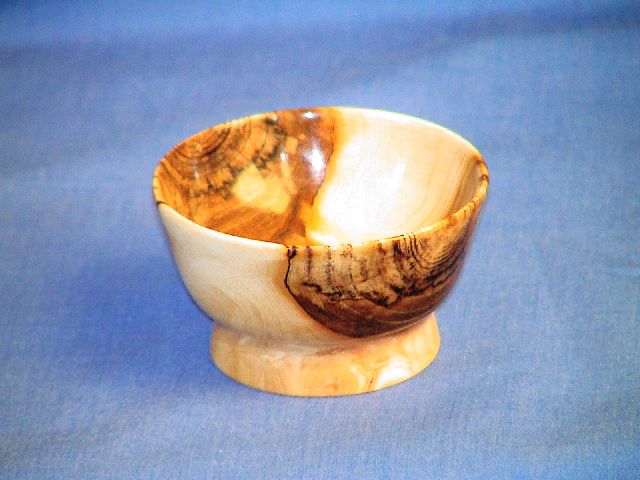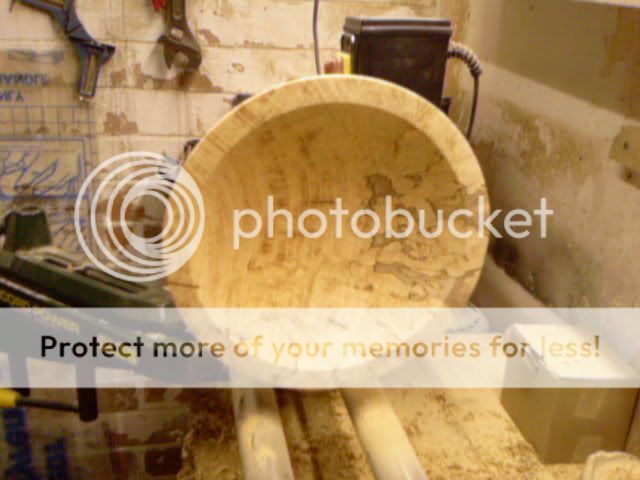bwlossie
Established Member
Good evening people,
Only my second post so please be tolerant.
I was asked a few weeks ago to remove a stump of silver birch from a friend's garden.
Only 20/24" high and 9" across.
When removed I "slabbed" it and found that it was heavily spalted.
I have tried turning it but it seems to me that it may be too far gone. It crumbles and dusts up as I turn.
Is there anything which can be done to this to firm it up? A scrape with the thumb nail evens makes it crumble.
I hope all you experts may be able to help me save at least a small piece of this. The grain and spalting look amazing and when given a finish it should, I hope, be worth the effort.
Only my second post so please be tolerant.
I was asked a few weeks ago to remove a stump of silver birch from a friend's garden.
Only 20/24" high and 9" across.
When removed I "slabbed" it and found that it was heavily spalted.
I have tried turning it but it seems to me that it may be too far gone. It crumbles and dusts up as I turn.
Is there anything which can be done to this to firm it up? A scrape with the thumb nail evens makes it crumble.
I hope all you experts may be able to help me save at least a small piece of this. The grain and spalting look amazing and when given a finish it should, I hope, be worth the effort.










